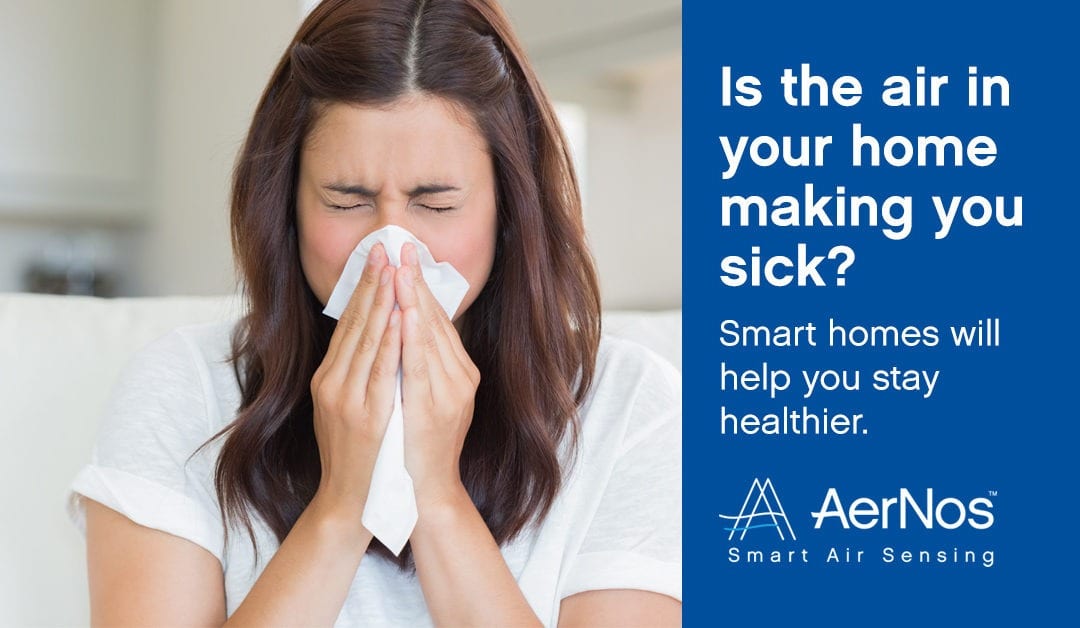BY AERNOS TEAM
—
We spend 90% of our day indoors. Yet when we asked people what comes to mind when they think of “air pollution,” 9 out of 10 mention outdoor air issues like smog, ozone, or polluted cities.
In fact, the air inside your home is likely to be more harmful to your health than the air outdoors.
Indoor air quality is affected by materials used to build homes, furniture, and fabrics, as well as the health, beauty and cleaning products we use every day. Add the fact that our homes are enclosed spaces and the problem of poor indoor air quality is only exacerbated.
Chemicals such as formaldehyde can be ubiquitous in the home, and off-gassing of materials containing formaldehyde at even slight levels, can create an unhealthy environment that can lead to immediate and long-term health effects. Some of these health effects can be quite severe. Scientists continue to study the link between formaldehyde, which is classified by the EPA as a probable human carcinogen, and cancers such as leukemia.
But there is good news.
Smart technologies are on the way. Companies from Apple to Samsung to Google to AerNos are working hard on breakthrough technologies that will leverage smart connected tech to improve health and wellness. These technologies are about to take center stage.
On the indoor air front, it will start with technologies that tell us what’s in the air. You don’t just want to know the air is bad, you want to know what is important, what’s being done and why it matters. Air purifiers, HVAC systems and other tech will detect, cleanse and communicate.
At AerNos, we are miniaturizing gas sensor technologies, lowering cost and increasing capabilities for sensors that will integrate into these products that will change the way we live. We are excited to be creating the technology that will power this revolution in Smart Home technology.
In the coming weeks, we’re going to focus on indoor air pollutants, particularly formaldehyde, to raise awareness about how indoor air quality affects our health – and to share what we’re doing to help transform what we know about the air indoors so people can lead safer, healthier lives.
So watch for, share and comment on this information we’ll be sharing in the coming weeks. We look forward to hearing from you!

